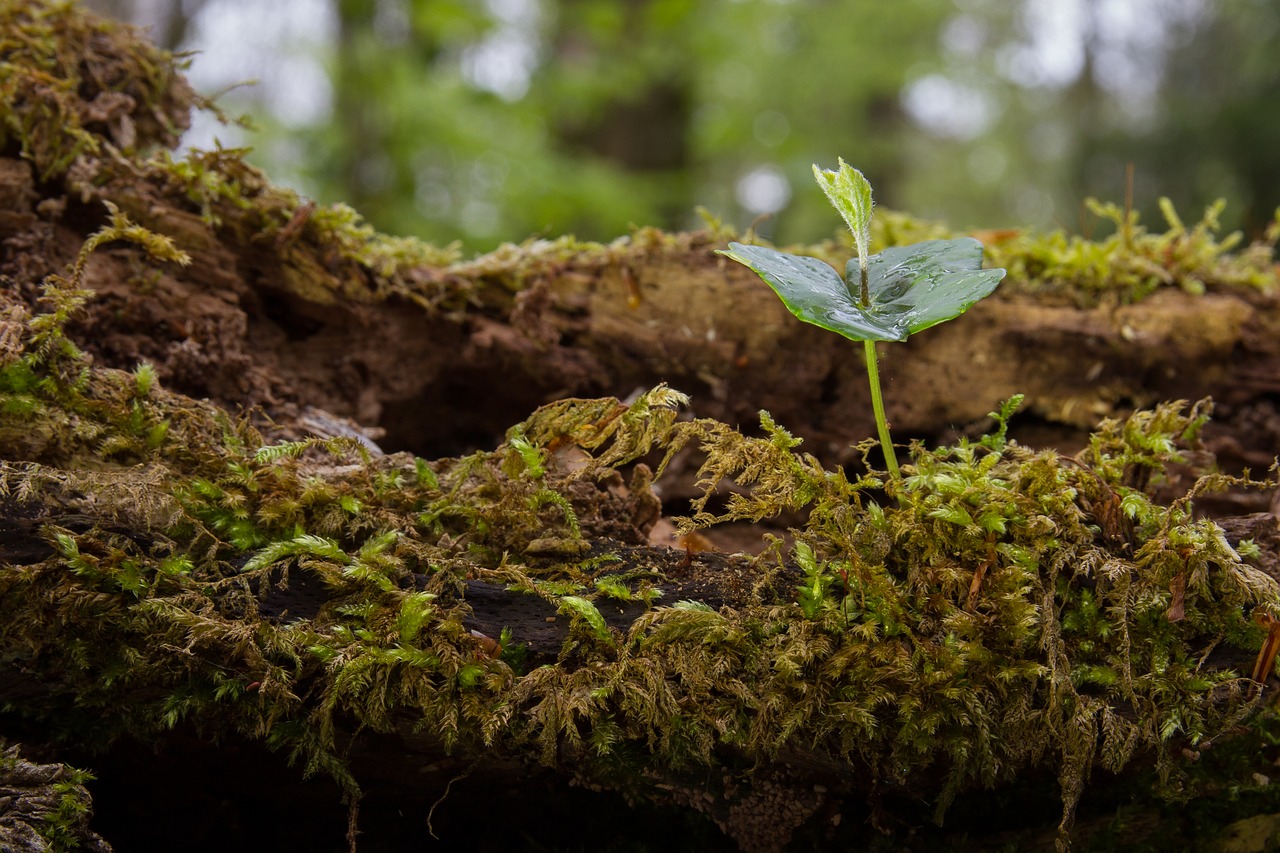How to reproduce trees by seeds?
There is nothing like seeing a tree being born. No matter how much experience you have, it is inevitable to smile every time you...

There is nothing like seeing a tree being born. No matter how much experience you have, it is inevitable to smile every time you...